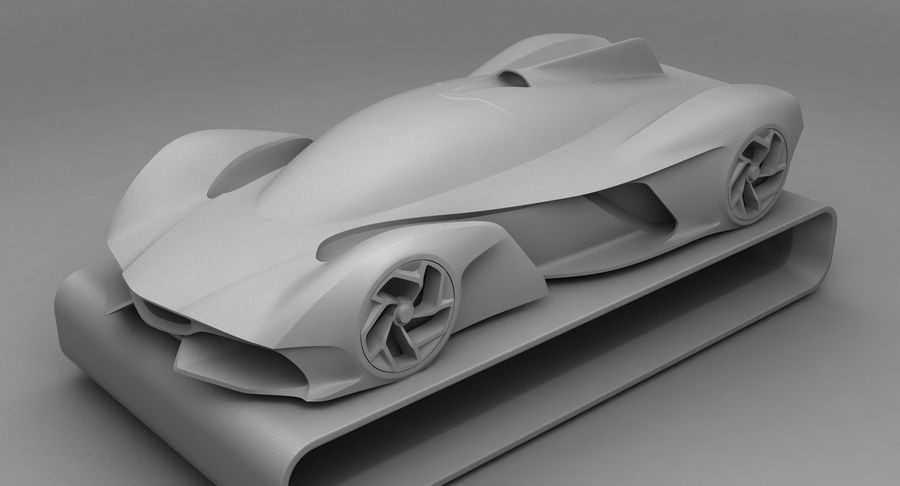In the fast-paced world of automotive innovation, staying ahead of the curve is essential. Enter SLS 3D printing automotive — a game-changing technology that’s transforming how vehicles are designed and manufactured. Imagine a world where car parts are not only lighter and more efficient but also customized to perfection. This isn’t science fiction; it’s happening now, thanks to Selective Laser Sintering (SLS).
SLS 3D printing allows for unprecedented creativity and flexibility in the automotive industry. From rapid prototyping to producing end-use parts, this technology is redefining possibilities and setting new standards. But what does this mean for automotive strategies? How are leading projects leveraging SLS to revitalize their approaches?

In this article, we’ll dive into the heart of SLS 3D printing in the automotive sector. We’ll explore the nuts and bolts of the technology, delve into inspiring case studies, and uncover the future trends that are shaping the industry. Whether you’re an industry veteran or a curious newcomer, this exploration of SLS 3D printing will provide valuable insights to fuel your strategic thinking.
Understanding SLS 3D Printing
What is SLS 3D Printing?
Selective Laser Sintering (SLS) is a revolutionary 3D printing technology that uses a high-powered laser to fuse small particles of polymer powder into a solid structure. Unlike traditional manufacturing methods, SLS builds parts layer by layer, allowing for intricate designs and the creation of complex geometries that were once thought impossible.
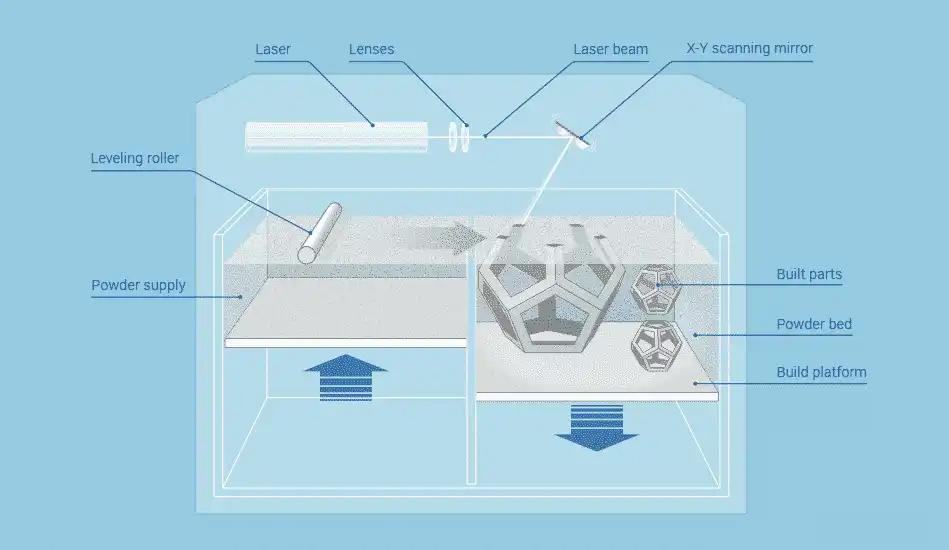
How SLS Technology Works
Curious about how SLS works? Let’s break it down step by step:
- Preparation:
- A digital 3D model is created using CAD software.
- The model is sliced into thin layers.
- Printing:
- The SLS machine spreads a thin layer of powder across the build platform.
- A laser selectively fuses the powder based on the digital model, layer by layer.
- Cooling:
- Once printing is complete, the build chamber cools down gradually to avoid warping.
- Post-Processing:
- The unfused powder is removed, and the final part is cleaned and finished as needed.
Advantages of SLS 3D Printing Automotive
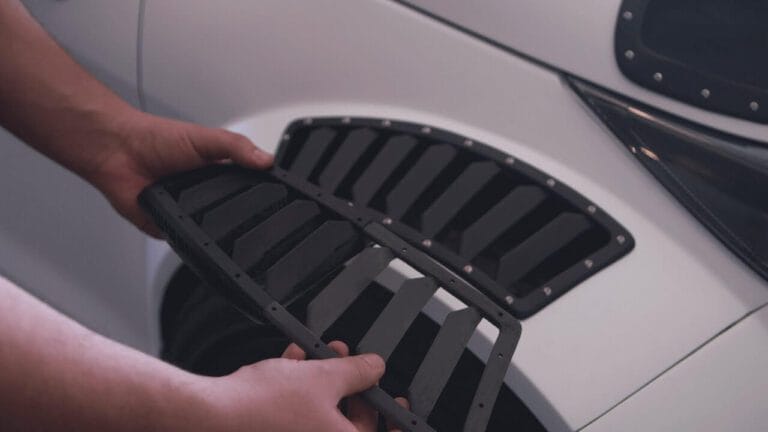
Why are automotive manufacturers turning to SLS? Here are the key benefits:
- Speed and Efficiency: SLS can produce parts quickly without the need for molds or tooling.
- Customization and Design Flexibility: Complex and customized parts can be created with ease.
- Cost-Effectiveness: Reduces material waste and lowers production costs.
- Durability: Produces strong and durable parts suitable for functional testing and end-use applications.
Materials Used in SLS for Automotive Applications
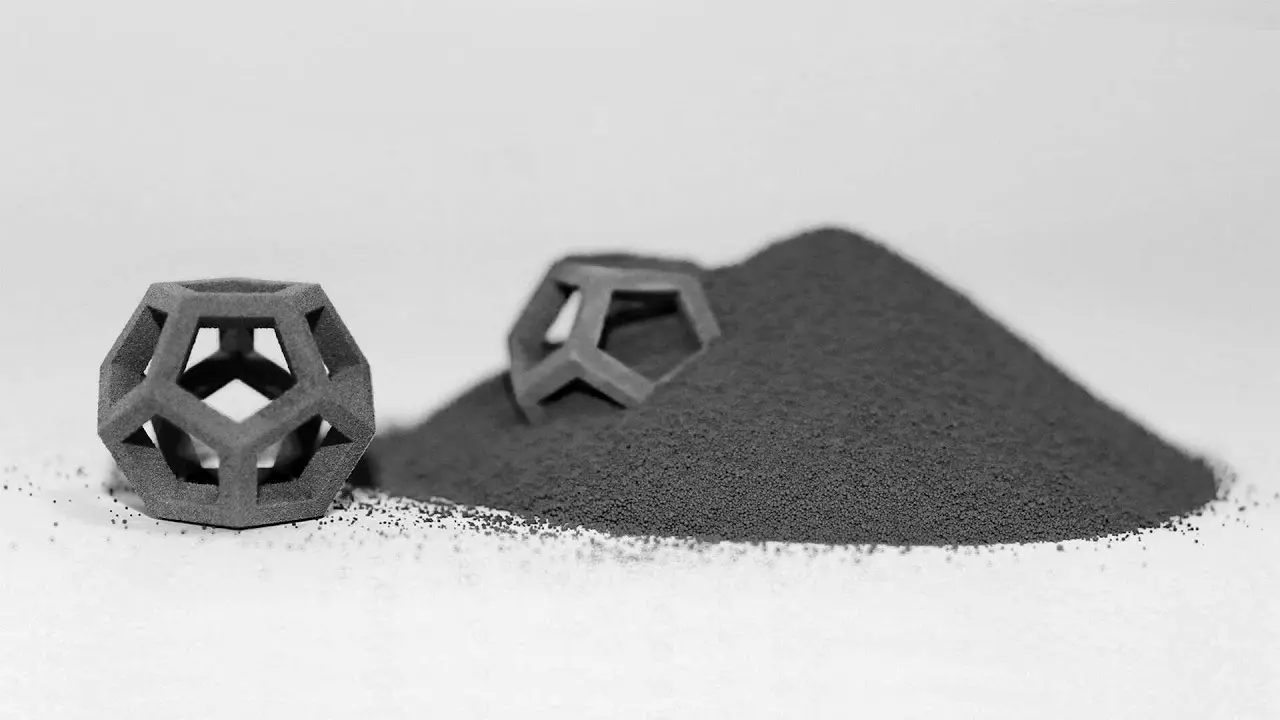
SLS is versatile with a variety of materials. Commonly used materials include:
- Nylon (PA 12): Known for its strength and flexibility. Ideal for functional prototypes and end-use parts.
- Glass-Filled Nylon: Offers increased stiffness and thermal stability. Suitable for high-performance applications.
- Alumide: A blend of nylon and aluminum powder. Provides a metallic appearance and enhanced mechanical properties.
| Material | Properties | Applications |
| Nylon (PA 12) | Strong, flexible, durable | Functional prototypes, end-use parts |
| Glass-Filled Nylon | Stiff, thermally stable | High-performance applications |
| Alumide | Metallic appearance, enhanced mechanical properties | Aesthetic parts, functional prototypes |
Selective Laser Sintering (SLS) is more than just a 3D printing technology—it’s a catalyst for transformation in the automotive industry. By understanding how SLS works, the materials it uses, and the advantages it offers, automotive manufacturers can unlock new levels of innovation and efficiency. Whether you’re looking to speed up prototyping, produce customized parts, or optimize your supply chain, SLS 3D printing holds the key to revitalizing your strategy.
Key Automotive Applications of SLS
Selective Laser Sintering (SLS) is not just a buzzword in the automotive industry—it’s a transformative technology that’s reshaping how vehicles are designed, prototyped, and manufactured. In this article, we’ll dive deep into the key automotive applications of SLS, showcasing how this technology is revolutionizing the industry.
Prototyping
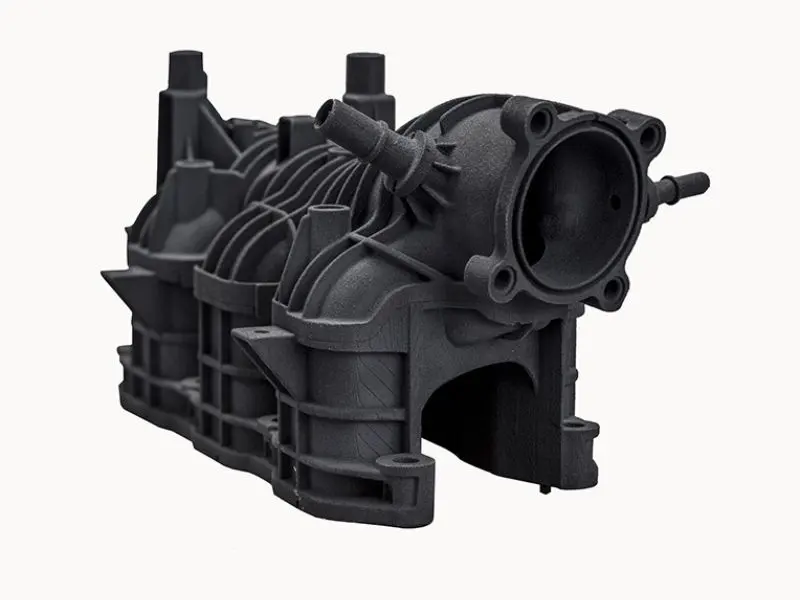
Accelerating the Prototyping Process
In the automotive sector, time is money. Traditional prototyping methods can be slow and costly, often requiring molds and tooling that take weeks or even months to produce. SLS 3D printing changes the game by allowing for rapid prototyping, significantly speeding up the development cycle.
How SLS Accelerates Prototyping:
- Speed: SLS can produce prototypes in a matter of days, not weeks.
- Flexibility: Easily make design iterations without the need for new tooling.
- Cost-Effective: Reduces material waste and eliminates the need for expensive molds.
Production of End-Use Parts
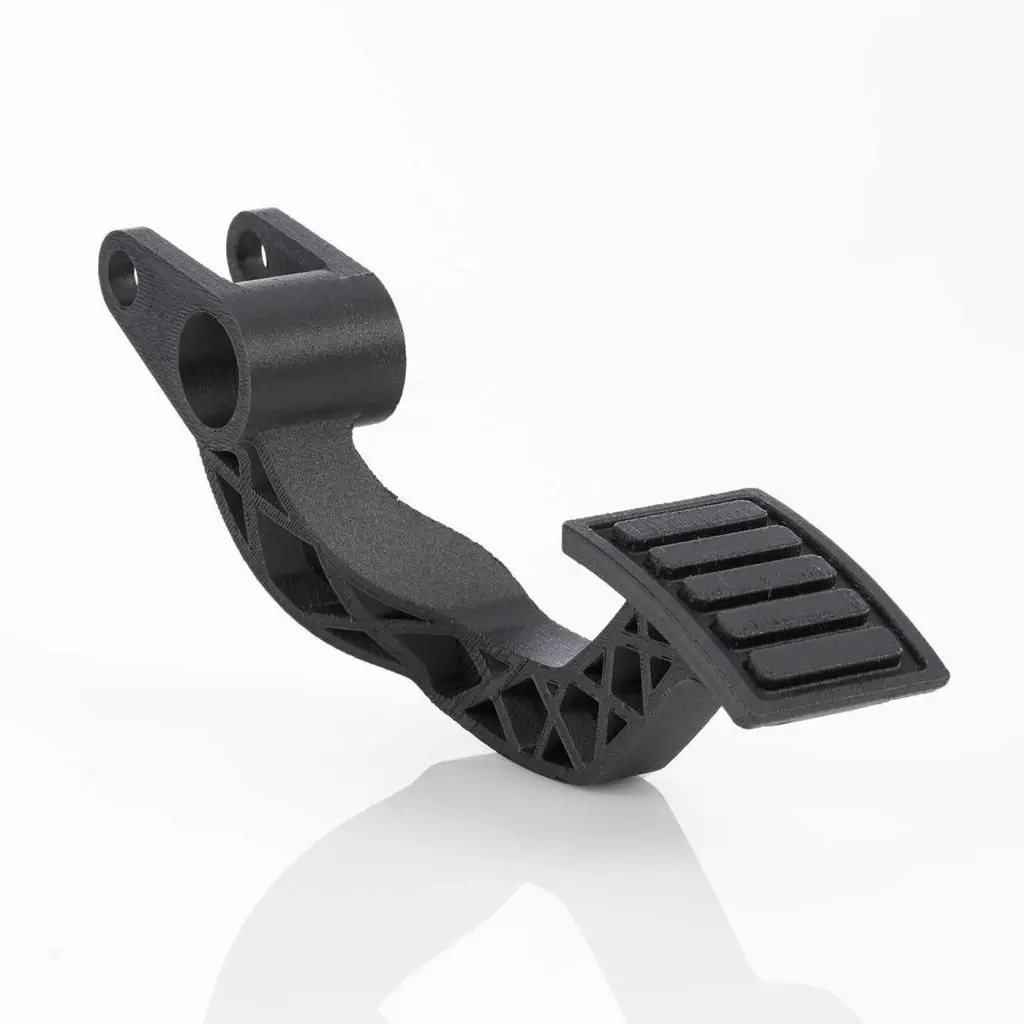
From Prototypes to Production
SLS isn’t just for prototyping; it’s also highly effective for producing end-use parts. This capability allows manufacturers to move seamlessly from prototype to production, using the same technology.
Advantages of SLS for End-Use Parts:
- Consistency: High-quality, repeatable results.
- Customization: Tailor parts to specific needs without additional cost.
- Durability: Produces strong, functional parts suitable for real-world use.
Examples of End-Use Parts Produced Using SLS
Common Applications:
- Interior Components: Custom dashboards, air vents, and seat brackets.
- Functional Parts: Engine components, brackets, and housings.
- Aesthetic Parts: Custom badges, trims, and emblems.
Tooling and Fixtures
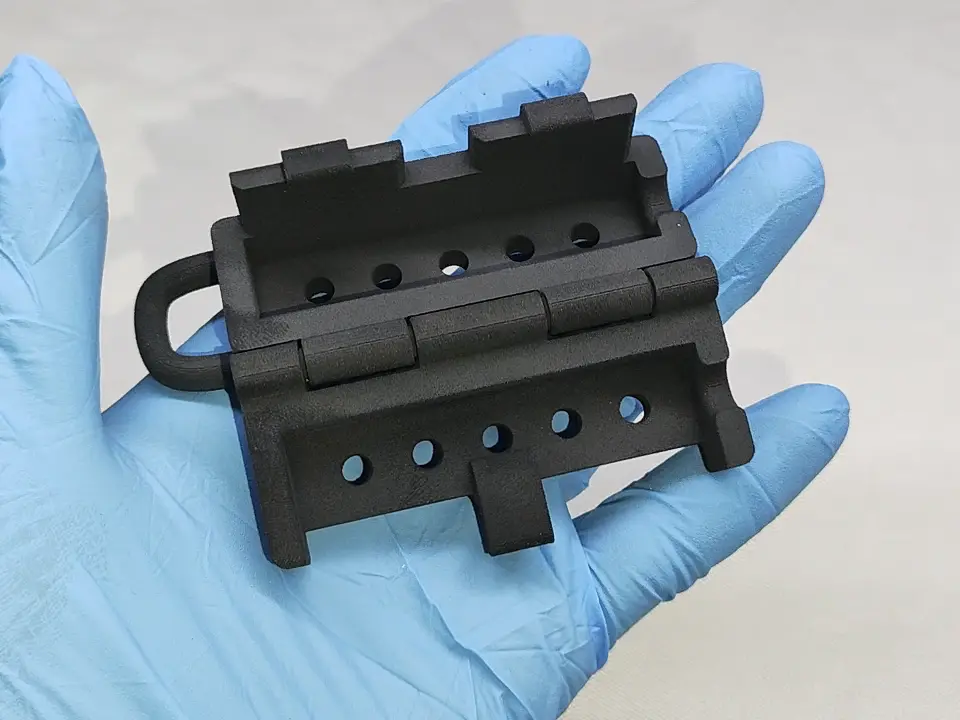
Creating Efficient Tooling Solutions
Tooling and fixtures are essential in automotive manufacturing, but they can be expensive and time-consuming to produce. SLS offers a solution by enabling the rapid creation of custom tooling and fixtures.
Benefits of SLS for Tooling:
- Speed: Quickly produce custom tooling.
- Cost Savings: Lower costs compared to traditional methods.
- Customization: Easily create complex and tailored tooling solutions..
Selective Laser Sintering (SLS) is revolutionizing the automotive industry by providing innovative solutions for prototyping, end-use parts production, and tooling. By leveraging the speed, flexibility, and cost-effectiveness of SLS, automotive manufacturers can accelerate development cycles, reduce costs, and create high-quality, customized components. Whether you’re looking to streamline prototyping, enhance production, or innovate tooling solutions, SLS 3D printing offers the key to unlocking new possibilities in automotive manufacturing.
Inspiring Case Studies in SLS 3D Printing for Automotive
In the ever-evolving automotive industry, innovation is key. Selective Laser Sintering (SLS) 3D printing is at the forefront of this transformation, offering groundbreaking solutions that are redefining what’s possible. In this article, we’ll explore inspiring case studies that highlight the power of SLS in automotive projects.
Case Study 1: Lightweighting with SLS
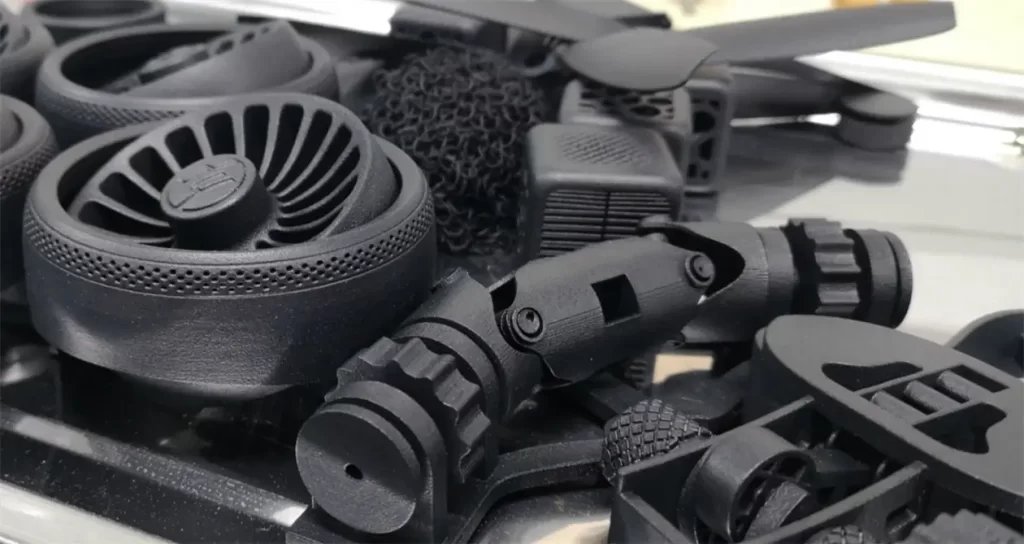
The Challenge of Lightweighting
Automotive manufacturers are constantly seeking ways to improve fuel efficiency and performance. One effective strategy is lightweighting—reducing the weight of vehicle components without sacrificing strength or safety.
Project Overview and Solutions
- Objective: Develop a lighter suspension system for a new sports car model.
- Approach: Use SLS to design and produce components with complex geometries that reduce weight while maintaining strength.
Results:
- Achieved a 20% reduction in component weight.
- Improved fuel efficiency and performance.
- Enhanced vehicle handling and dynamics.
Case Study 2: Custom Interiors
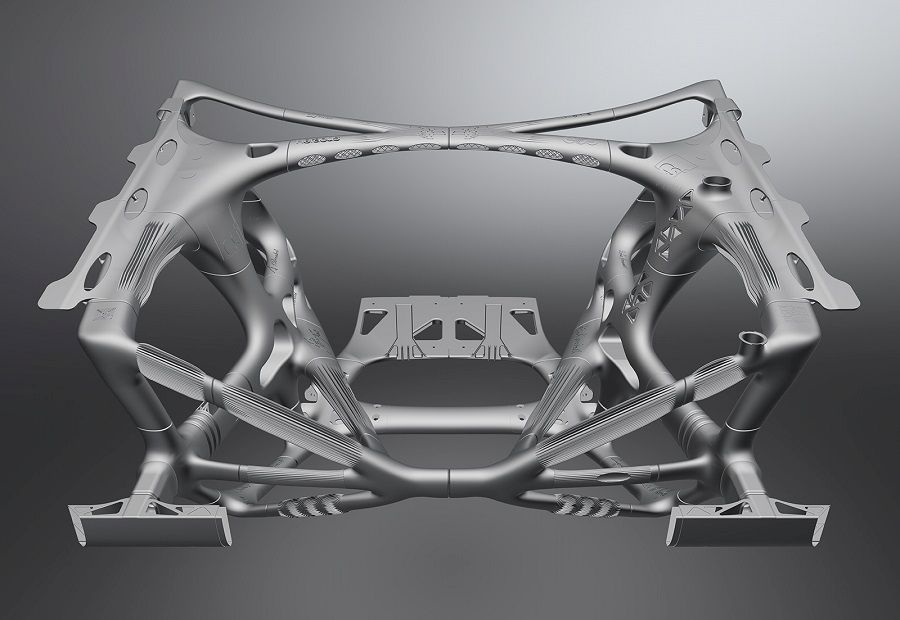
The Demand for Customization
Today’s consumers expect personalized experiences, even in their vehicles. Custom interiors are a way to meet these demands, offering unique designs and features tailored to individual preferences.
How SLS Enables Bespoke Solutions
- Objective: Create custom dashboards and trim for a luxury car line.
- Approach: Utilize SLS to produce one-of-a-kind designs tailored to customer specifications.
Results:
- Delivered unique, high-quality interiors that delighted customers.
- Strengthened brand positioning as a leader in customization.
- Increased customer satisfaction and loyalty.
Case Study 3: Supply Chain Optimization
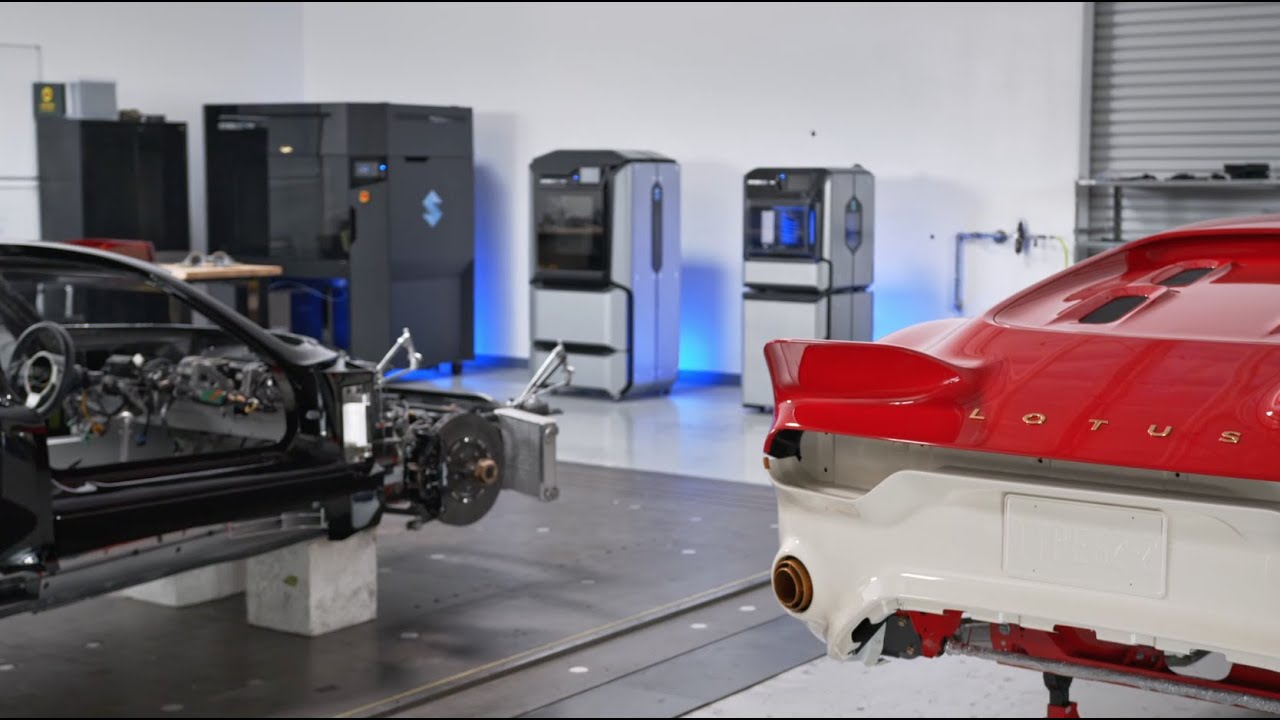
Streamlining the Supply Chain
Efficiency in the supply chain is crucial for maintaining competitiveness and profitability. SLS 3D printing offers a way to streamline processes, reduce lead times, and cut costs.
Transforming the Supply Chain with SLS
- Objective: Optimize the supply chain for a high-volume vehicle model.
- Approach: Use SLS to produce parts in-house, reducing dependency on external suppliers.
Results:
- Reduced lead times by 40%.
- Cut supply chain costs by 25%.
- Enhanced flexibility and responsiveness to market demands.
These case studies demonstrate the transformative impact of SLS 3D printing in the automotive industry. Whether it’s lightweighting components, creating custom interiors, or optimizing the supply chain, SLS offers innovative solutions that drive efficiency, customization, and performance. By embracing SLS technology, automotive manufacturers can stay ahead of the competition and meet the ever-evolving demands of the market.
Future Trends in SLS 3D Printing for Automotive
As the automotive industry continues to evolve, the role of Selective Laser Sintering (SLS) 3D printing is becoming increasingly pivotal. This technology is not just a tool for today but a gateway to future innovations. In this article, we’ll explore the emerging trends in SLS 3D printing that are set to shape the automotive landscape.
Trend 1: Advanced Materials
Expanding Material Options
The development of new materials is at the heart of SLS innovation. As material science advances, the possibilities for SLS in automotive applications are expanding.
Emerging Materials:
- High-Performance Polymers: Offering enhanced strength and temperature resistance.
- Composite Materials: Combining polymers with metals or ceramics for unique properties.
- Eco-Friendly Options: Biodegradable and recycled materials for sustainable manufacturing.
Impact:
- Broader application range.
- Improved part performance and durability.
- Alignment with sustainability goals.
Trend 2: Integration with Other Technologies
Creating Synergistic Solutions
SLS is increasingly being integrated with other cutting-edge technologies to create synergistic solutions that enhance automotive design and manufacturing.
Integration Examples:
- AI and Machine Learning: Optimizing design and production processes.
- IoT (Internet of Things): Enabling smart manufacturing and connected vehicles.
- Robotics: Automating and streamlining production lines.
Benefits:
- Increased efficiency and precision.
- Greater innovation potential.
- Enhanced product quality and consistency.
Trend 3: Mass Customization
Tailoring to Individual Needs
The demand for personalized vehicles is growing, and SLS is at the forefront of enabling mass customization in the automotive industry.
Customization Opportunities:
- Personalized Interiors: Custom dashboards, seats, and trim.
- Unique Exterior Features: Custom badges, grills, and body panels.
- Performance Enhancements: Tailored components for specific driving preferences.
Advantages:
- Meeting diverse customer preferences.
- Strengthening brand differentiation.
- Boosting customer satisfaction and loyalty.
Trend 4: Sustainability and Eco-Friendly Manufacturing
Driving Towards a Greener Future
Sustainability is a key focus for the automotive industry, and SLS offers pathways to more eco-friendly manufacturing practices.
Sustainable Practices:
- Material Efficiency: Minimizing waste through precise material usage.
- Energy Efficiency: Reducing energy consumption during production.
- Recycling and Reuse: Utilizing recycled materials and reusing unfused powder.
Outcomes:
- Lower environmental impact.
- Compliance with environmental regulations.
- Enhanced corporate responsibility and brand image.
Conclusion
The future of SLS 3D printing in the automotive industry is bright and full of potential. With advancements in materials, integration with other technologies, mass customization, and a focus on sustainability, SLS is set to drive innovation and transformation. By embracing these trends, automotive manufacturers can stay at the cutting edge, delivering products that meet the demands of tomorrow’s consumers.

